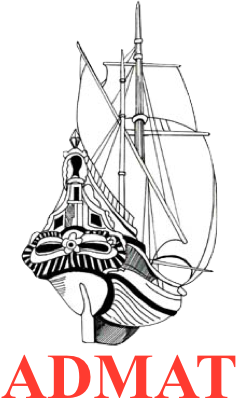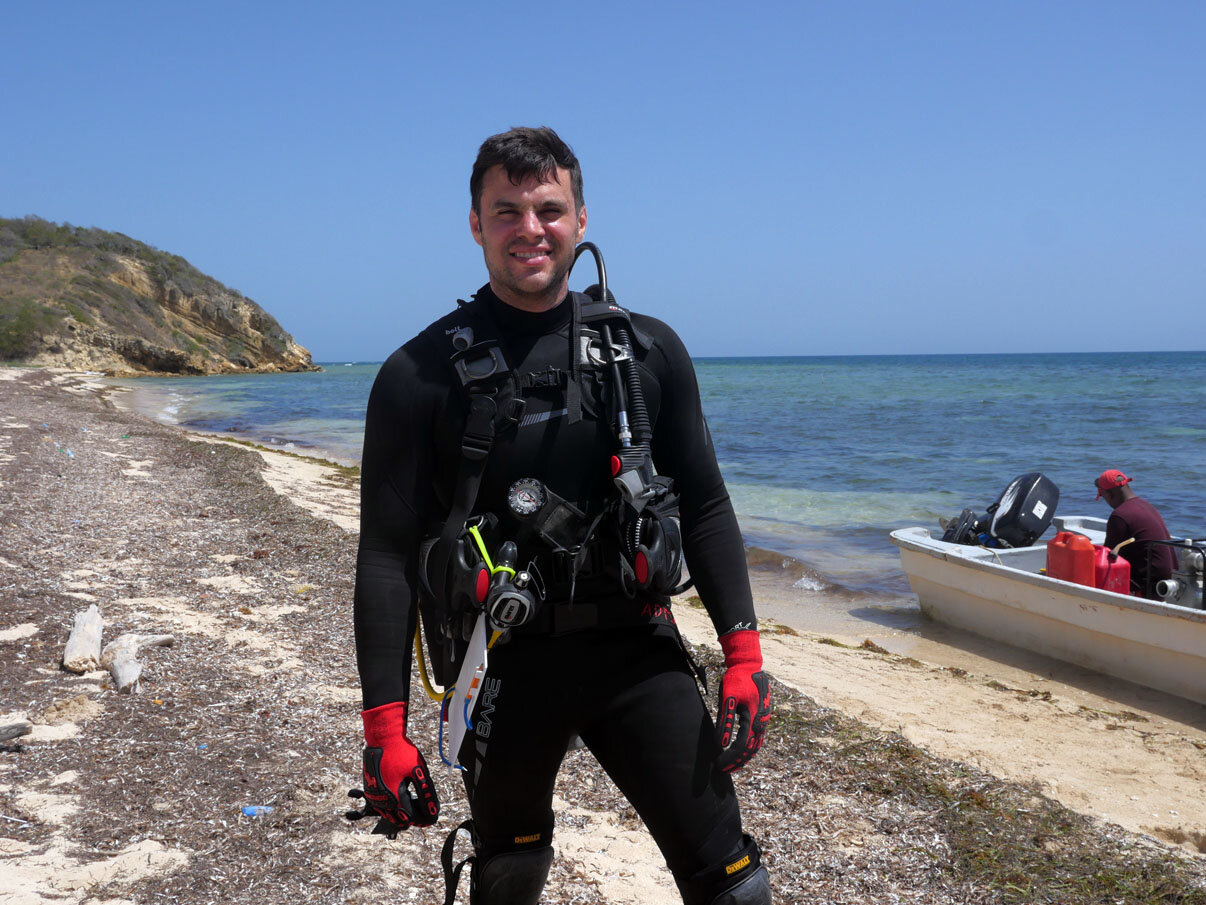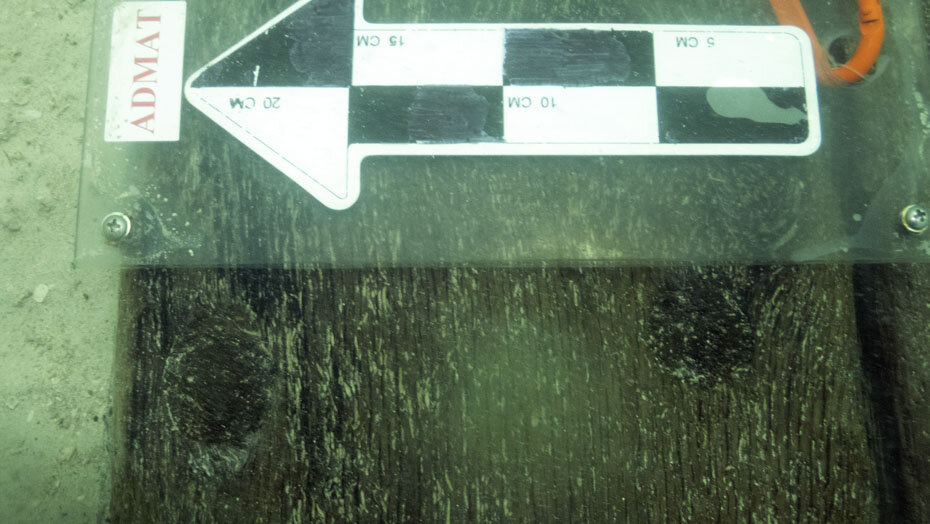Le Dragon Wreck 2019 Project
The Wreck Site Continued.
The first task after conducting a RECCE was to re-establish the archaeological survey grid in the same location as the previous year. The markers we had left were located and checked then the Team constructed the grid. The water barrel was still there thankfully and had been protected by the sandbags we put on it the previous season.
The next task was to check the trash pumps which powered the archaeological water dredge. These were fitted to the wooden skids, checked and then carried to the yola where Raimund Krob and Sandy checked the fittings and securely lashed them in place. Then the Yola was taken out on-site and divers put the blue hose in place checking it for kinks and we then connected it to the dredge head. Once that was secure the tailgate was set up and lashed to the end of the green tube which is attached to the dredge.
This was the daily routine and at the end of each day the trash pumps would be removed and put back in the van ready to go back to the Centre with us.
The dredge was used to remove a years collection of seagrass which had accumulated on the wreck site and to ensure the archaeological grid was clear. Then the dredge was relocated to the area where Dr Spooner and Dr Prudhomme located the sheets of bottom planking which were buried under the sand. The timbers were partially uncovered by hand fanning in 2018 and so it was decided to see the extend these timbers went by using the dredge. Once the location was located by using the measurements and datum points from the 2018 survey, the Team used the geophysical equipment to pinpoint it. Once the dredge was repositioned the overlying sand was removed.
It took Steven Abell and Raimund Krob about two days to uncover the two sections of wooden planking. One had a broken section that was bent up and the individual sections were separated. However, the copper sheeting was still attached. There was a slight curvature to the positioning of the planking and the copper sheeting was brittle and was covered in a mild concretion. Numerous trunnels could be seen and all of them had snapped off the frames the hull planking had been attached to leaving the broken trunnels still in the timber planking.





























